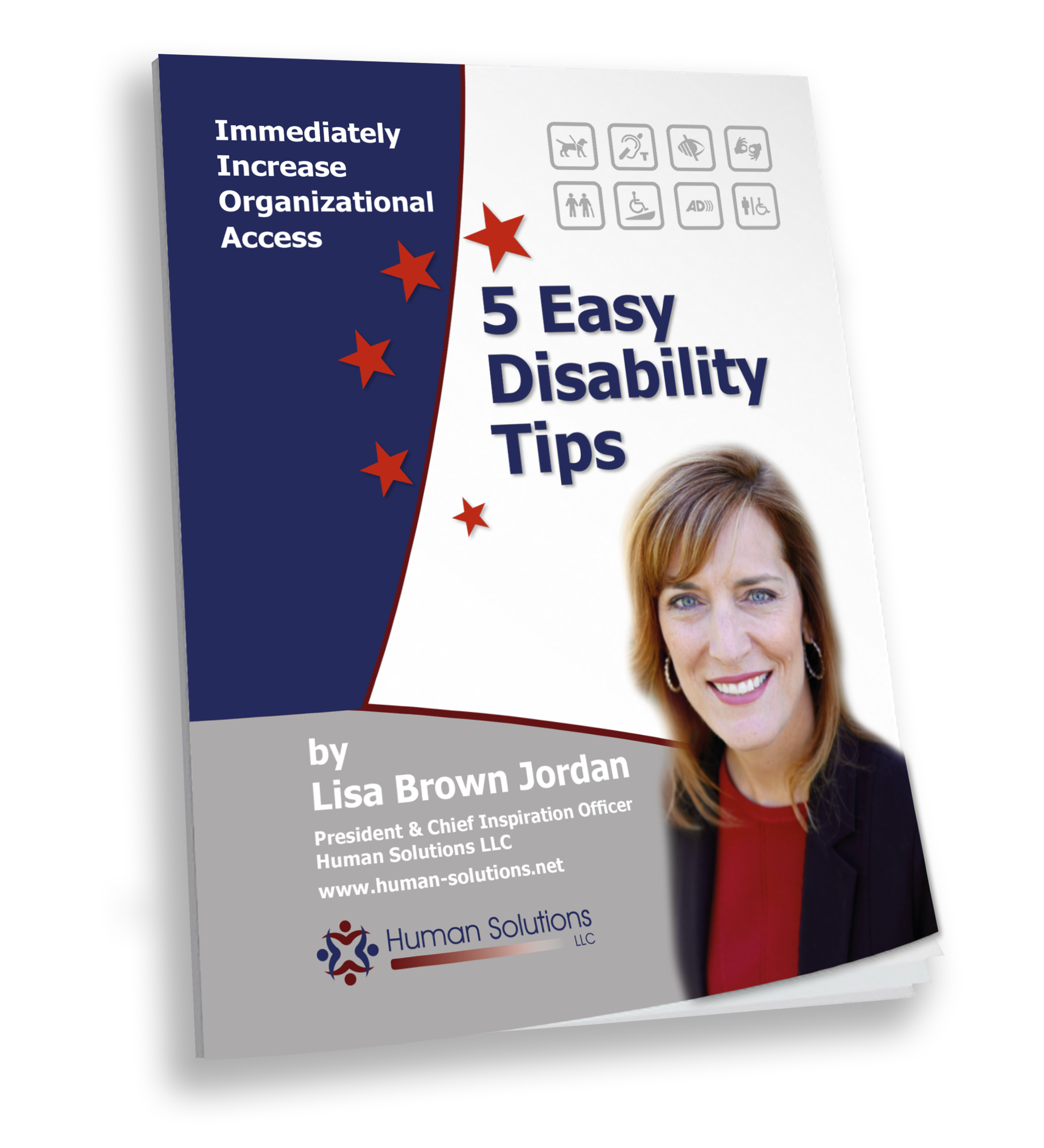Partnership has been a central theme for Managed Career Solutions (MCS), an American Job Center (AJC) within the City of Los Angeles’ Workforce Investment Area. With 18 AJCs, this task took on new meaning when MCS was assigned to facilitate this process system-wide as part of California’s Disability Employment Initiative, a Department of Labor (DOL) funded program administered by the State of California Employment Development Department (EDD). It took persistence, creativity, and thinking “big,” especially since the City’s system spans 503 square miles!
MCS had several things working in its favor. While funding and direction from the DEI grant brought the level of partnership to the next level, the City has always been forward thinking in terms of ensuring its centers are accessible to job seekers with disabilities. For the past 15 years, it has designated funding to train staff on key disability issues, purchase assistive technology for each of its centers, require the assignment of a Disability Coordinator (similar to a Disability Navigator) as part of individual center contract requirements, and most recently, build in contract performance measures around serving a certain percentage of job seekers with disabilities. They are currently one of the only areas in the nation to make these performance measures mandatory.
In their role as the DEI center lead, one of the first steps MCS took to build and strengthen partnerships within the City was to assess who they were partners with already. According to Les Roberson, the Disability Services Coordinator with MCS, there were many Mandatory partners, those required to be part of the AJC system, whom he had never met. In collaboration with City staff, the State DEI grant manager, and other key grant personnel, one of the first partners they worked to strengthen the relationship with was the Department of Rehabilitation (DOR), the state vocational rehabilitation agency in California. The outcome of this effort benefitted all 18 centers and included:
- Development of a revised Memorandum of Understanding
- Bi-monthly meetings between the AJC Disability Coordinators and DOR Employment Coordinators
- Establishment of a Partnership Plus agreement (Ticket to Work)
- And, a veterans and persons with disabilities “Hiring Extravaganza,” a DOR/Veterans Affairs/DOL/MCS collaboration that had over 600 attendees and 32 employers!
In assessing the partnership needs of his own center, Les said he first asked his customers who they wanted to bring to the “service table.” He said this was a very important part of the process. He could identify and bring partners in, but he wanted to make sure he connected with organizations in the community that his customers were already comfortable with. For example, a client may have a strong connection to their church. Reaching out to the faith-based organization to participate in the process not only helped the client, but it also helped to build a relationship with the center. He also looked at what customers were asking for and the type of referrals the center was regularly making.
MCS also has various types of ongoing partnership meetings, including a partnership meeting for businesses and a quarterly meeting with the City that brings the Disability Coordinators of all of 18 centers together. At the EmployABILITY Partnership meeting, which MCS helps to facilitate, the agenda includes a presentation from a local community-based organization and sharing of best practices related to serving customers with disabilities. With a system this large, these meetings have proved essential to disseminating information. Les says the key is to make sure the contact with partners is consistent. It can’t just be an introduction.
So, where do you start the process if you’re doing this on your own? Les stated that identifying organizations and employers that are within a 5-10 mile radius (depending on how populated the area is) and mapping it is a great place to start. Once his center had completed this step, they invited all of the potential partners to a meeting, gave a tour of the facility, and showcased their services, including what they could do for the partner as well as their joint customer.
Les’ initial list of partners included:
- Public libraries
- Temporary placement agencies
- Community health clinics
- Other organizations providing job placement assistance
- Organizations serving a specific demographic – ethnic, minority, gay & lesbian, etc.
He said that one added benefit of forming these partnerships was the ability to do a “warm handoff.” Instead of just providing a customer with an address, he’s now able to pick up the phone and connect the customer with the service provider directly. This not only makes his customer feel more comfortable, but it also increases the likelihood that the customer will follow through with the referral. While MCS does have a number of formal partners, Les stated the goal was to get away from formality and create a referral process that was seamless and a regular part of doing business.
Les’ advice – We have to work smarter, and partnership is the way to do it. By asking, “How can we make YOUR job easier?” or “How can we best serve the customer together?” we are creating a win-win situation for everyone involved, especially the customer.

Leave a Reply